Many of us spend a large part of our day listening to music, watching TV or talking to one another. For senior Lavoria Hill, things are much different.
“I was born hearing, but I lost my hearing at age three,” said Hill. “When I was little, I had a cochlear implant put in. […] I can hear somebody banging on the door, but other than that I can’t really hear without my cochlear in. With my cochlear, I felt that I could improve with communicating.”
A cochlear implant is a small electronic device that helps someone who is hearing impaired to get a sense of hearing around them. Getting the cochlear implant may sound like a great improvement; however, when a person goes from not being able to hear to being able to partially hear, it can be quite uncomfortable to get used to.
“I wasn’t used to the noise and people talking around me,” said Hill. “Sometimes it would be so bothersome to me that I would take my cochlear off. Then later I would keep it on more, and I would get more acclimated to people talking around me.”
At the age of four, Hill attended the Eastern North Carolina School for the Deaf where she lived on campus. There she learned how to properly sign, read and write. In that environment she wasn’t alone and was able to communicate effectively with everyone. During her freshman year of high school, Hill transferred to West Brunswick.
“There were a lot of students in the hallway, and I couldn’t hear them,” said Hill. “I didn’t want to be around them; I didn’t want people staring at me. I cried a lot, and I was very nervous, very anxious. This interpreter came online and that helped me feel a little better. Gradually, I have improved here at school.”
Thankfully when she got to West, she wasn’t alone. Hill’s brother was here to ease the transition and at that time they spent a lot of time together. She also made quite a few new friends here that make everything easier. The school is continuing to have ways to make students like Hill more comfortable including the addition of the American Sign Language(ASL) club.
“There was no sign language club when I came here,” said Hill. “ It came when I was a junior. I like the sign language club because I made friends there. I can teach them my language. […] I want my friends to be able to talk to me, [so] I took the time to teach them to sign.”
In the ASL club, Hill has recently taken on a leadership position, getting in front of her peers and teaching them her language.
“She has come a long way from the quiet shy girl she was in the hall,” said Hill’s job coach Abra Corcoran.
Even with the ASL club’s popularity, there aren’t many students who know sign language. The club has some members that have been there for multiple years, but that is still only a handful of students. This means that for Hill and any future students with a hearing impairment, there is a difficult communication barrier.
“When we have a student who is deaf, they are completely isolated,” said Mahoney. “It would be nice to be able to see my students who are deaf or hard of hearing to be able to communicate and build relationships with other students.”
According to the National Association of the Deaf, in 2007 North Carolina legislation recognized ASL as a foreign language that fulfills the minimum admission requirement for foreign language requirements at the state’s colleges and universities, along with ASL teacher certification standards. It is taught at nearby schools like New Hanover High School and we have deaf communities as local as Oak Island, not to mention Brunswick County being one of the fastest growing counties in the country. Though there is no course offered here currently, with enough interest, it is a possibility for the future.
“If you want to go to college you need a foreign language credit,” said Mahoney. “Not everybody is that auditory learner. Some people are very visual learners, ASL is all visual, it’s the whole point. So if you are a really visual learner you can get that foreign language credit.”
This story was originally published on The West Wind Online on September 20, 2023.


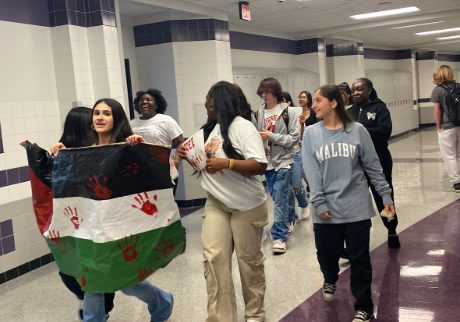


![With the AISD rank and GPA discrepancies, some students had significant changes to their stats. College and career counselor Camille Nix worked with students to appeal their college decisions if they got rejected from schools depending on their previous stats before getting updated. Students worked with Nix to update schools on their new stats in order to fully get their appropriate decisions. “Those who already were accepted [won’t be affected], but it could factor in if a student appeals their initial decision,” Principal Andy Baxa said.](https://bestofsno.com/wp-content/uploads/2024/05/53674616658_18d367e00f_o-1200x676.jpg)





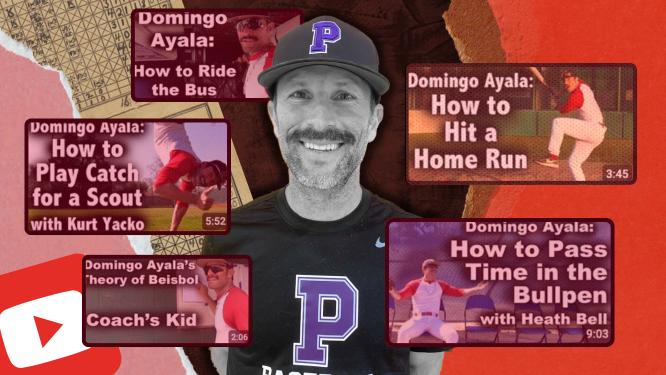
![Junior Mia Milicevic practices her forehand at tennis practice with the WJ girls tennis team. “Sometimes I don’t like [tennis] because you’re alone but most of the time, I do like it for that reason because it really is just you out there. I do experience being part of a team at WJ but in tournaments and when I’m playing outside of school, I like that rush when I win a point because I did it all by myself, Milicevic said. (Courtesy Mia Milicevic)](https://bestofsno.com/wp-content/uploads/2024/06/c54807e1-6ab6-4b0b-9c65-bfa256bc7587.jpg)

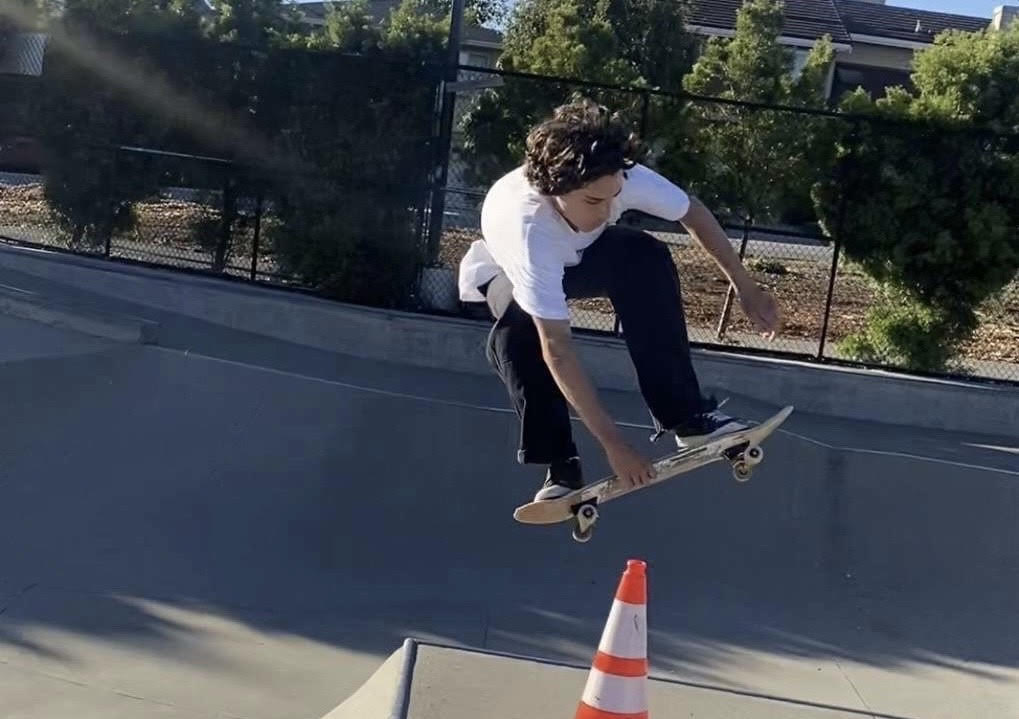



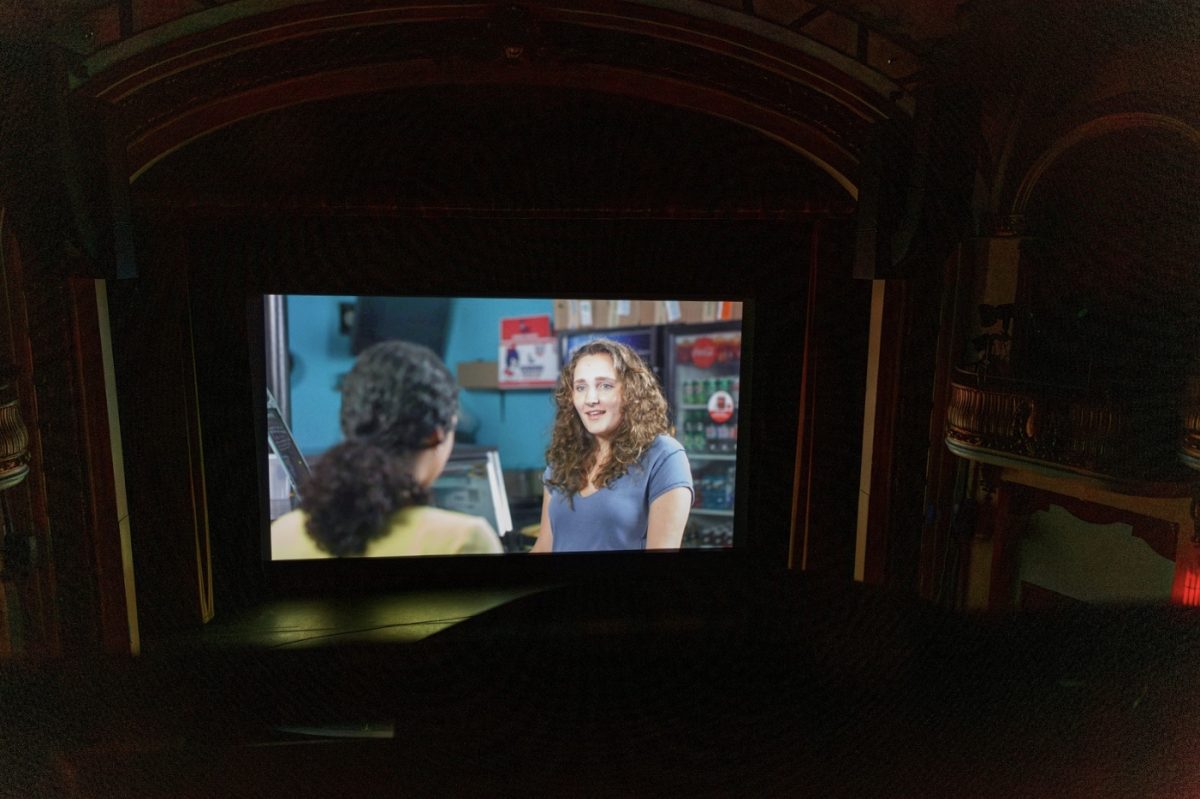

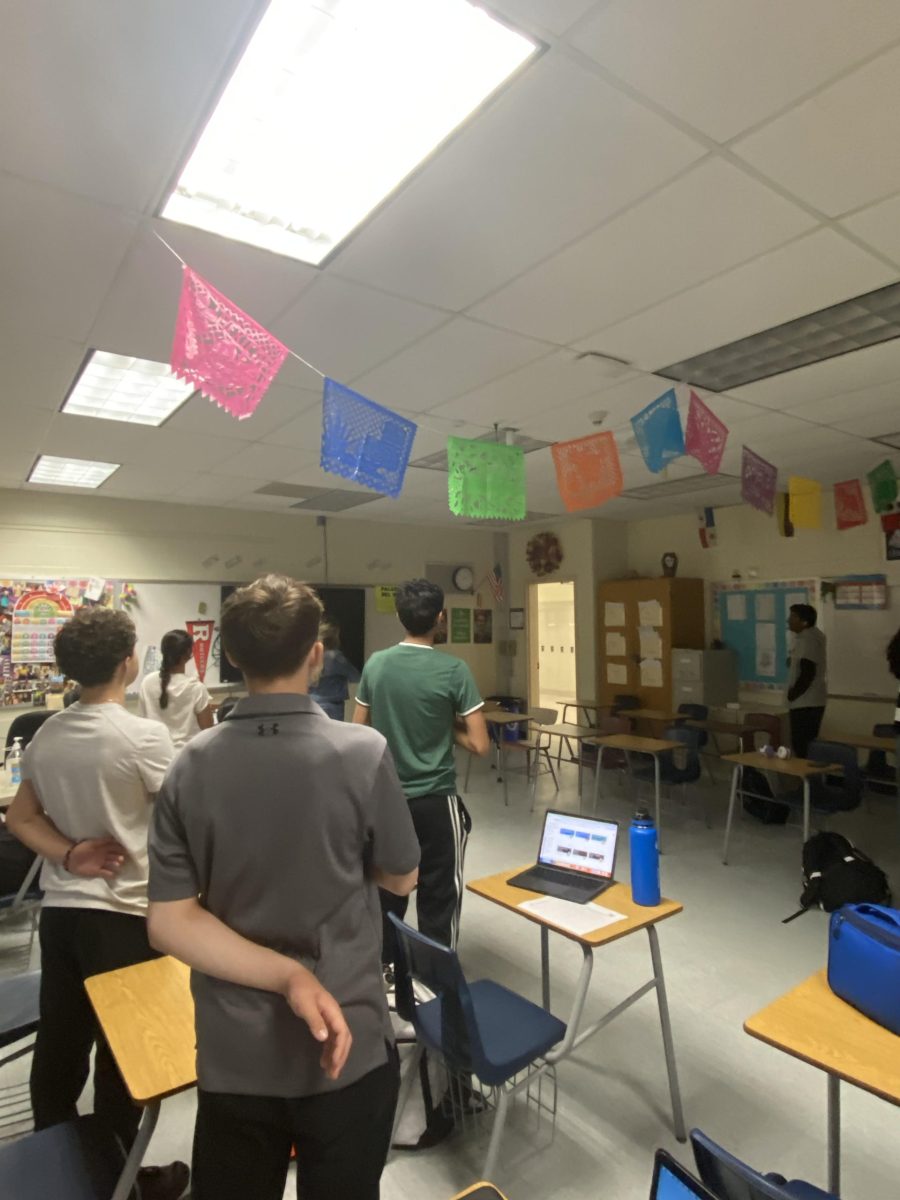
![The Jaguar student section sits down while the girls basketball team plays in the Great Eight game at the Denver Coliseum against Valor Christian High School Feb. 29. Many students who participated in the boys basketball student section prior to the girls basketball game left before half-time. I think it [the student section] plays a huge role because we actually had a decent crowd at a ranch game. I think that was the only time we had like a student section. And the energy was just awesome, varsity pointing and shooting guard Brooke Harding ‘25 said. I dont expect much from them [the Golden Boys] at all. But the fact that they left at the Elite Eight game when they were already there is honestly mind blowing to me.](https://bestofsno.com/wp-content/uploads/2024/05/IMG_7517-e1716250578550-900x1200.jpeg)





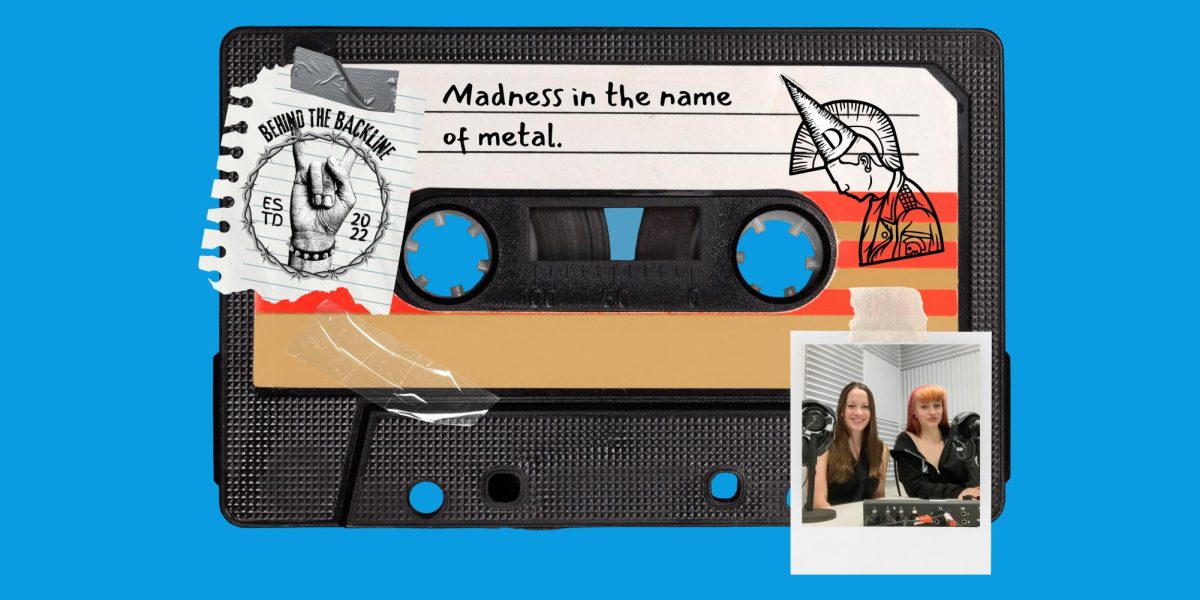
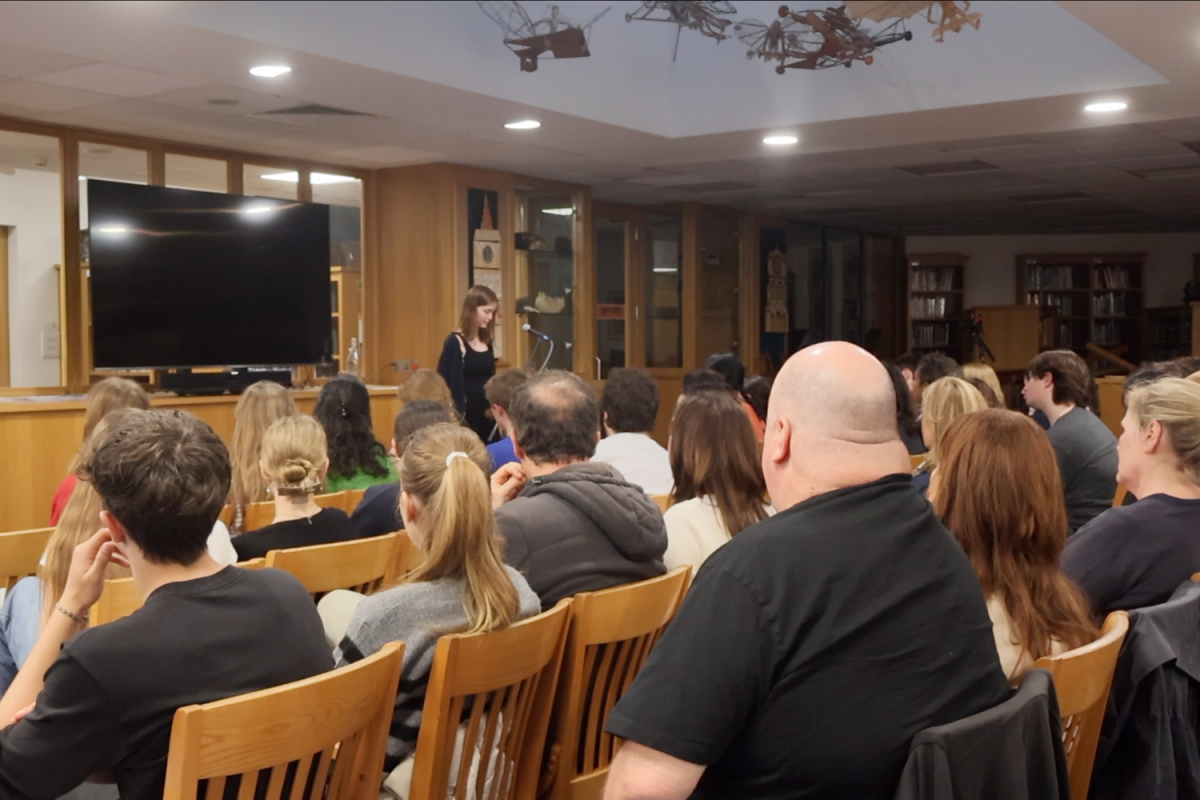


![BACKGROUND IN THE BUSINESS: Dressed by junior designer Kaitlyn Gerrie, senior Chamila Muñoz took to the “Dreamland” runway this past weekend. While it was her first time participating in the McCallum fashion show, Muñoz isn’t new to the modeling world.
I modeled here and there when I was a lot younger, maybe five or six [years old] for some jewelry brands and small businesses, but not much in recent years,” Muñoz said.
Muñoz had hoped to participate in last year’s show but couldn’t due to scheduling conflicts. For her senior year, though, she couldn’t let the opportunity pass her by.
“It’s [modeling] something I haven’t done in a while so I was excited to step out of my comfort zone in a way,” Muñoz said. “I always love trying new things and being able to show off designs of my schoolmates is such an honor.”
The preparation process for the show was hectic, leaving the final reveal of Gerrie’s design until days before the show, but the moment Muñoz tried on the outfit, all the stress for both designer and model melted away.
“I didn’t get to try on my outfit until the day before, but the look on Kaitlyn’s face when she saw what she had worked so hard to make actually on a model was just so special,” Muñoz said. “I know it meant so much to her. But then she handed me a blindfold and told me I’d be walking with it on, so that was pretty wild.”
Caption by Francie Wilhelm.](https://bestofsno.com/wp-content/uploads/2024/05/53535098892_130167352f_o-1200x800.jpg)







